The Origins Of NFT Gaming
Before Ethereum launched in July 2015, a small group of games had already begun experimenting with NFTs on other blockchains. Here they are, in order of release:

Before Ethereum launched in July 2015, a small group of games had already begun experimenting with NFTs on other blockchains. Here they are, in order of release:
Huntercoin (Late 2013/Early 2014)
- Chain: Huntercoin (a Namecoin fork)
- First used NFTs: Built using NFTs in Late 2013, first playable in Feb 2014
The first usage of NFTs in gaming were implemented by snailbrain, the creator of Huntercoin & founder of XAYA.
Originally named MMOCoin, then Chronokings, Huntercoin had beta releases in late 2013 & was released publicly in February 2014 as the first fully decentralised blockchain-native game, where you used tactics & battled other players to earn the native currency of Huntercoin, $HUC.
Huntercoin is a fork of Namecoin; the entire history of the game has been recorded on an open source blockchain, with one or two servers still active today.
Each hunter is represented by a unique domain name NFT. Statistics, location on the map & what items they hold is recorded on their domain name, which “resets” when a hunter dies.
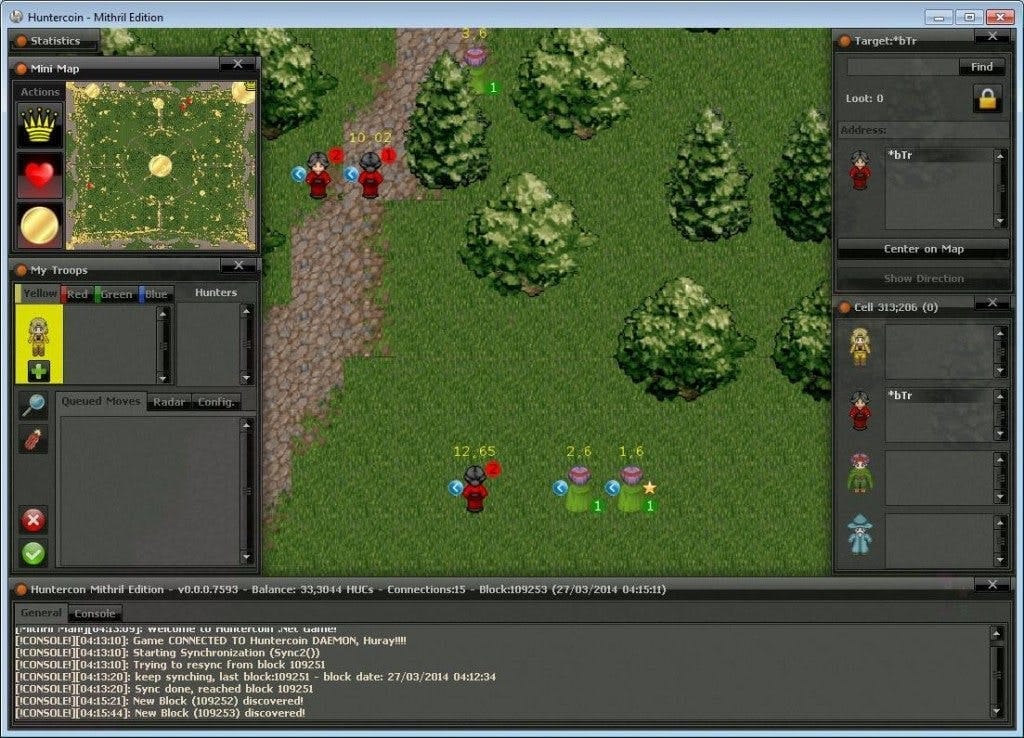
There are a few in-game items, such as the desirable “Crown of Fortune”, which gives the player wearing it 0.25 $HUC per block.
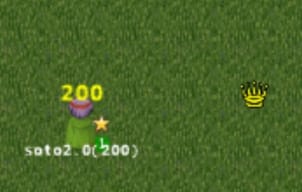
These in-game items aren’t fully ownable - while a hunter in control of one would have their profile display ownership, when they die or leave the game, the item respawns elsewhere on the map. They can’t be taken outside of the game or resold.

So, while NFTs in Huntercoin are not really collectible/ownable, they were the first to find value in utilising them as part of a game.
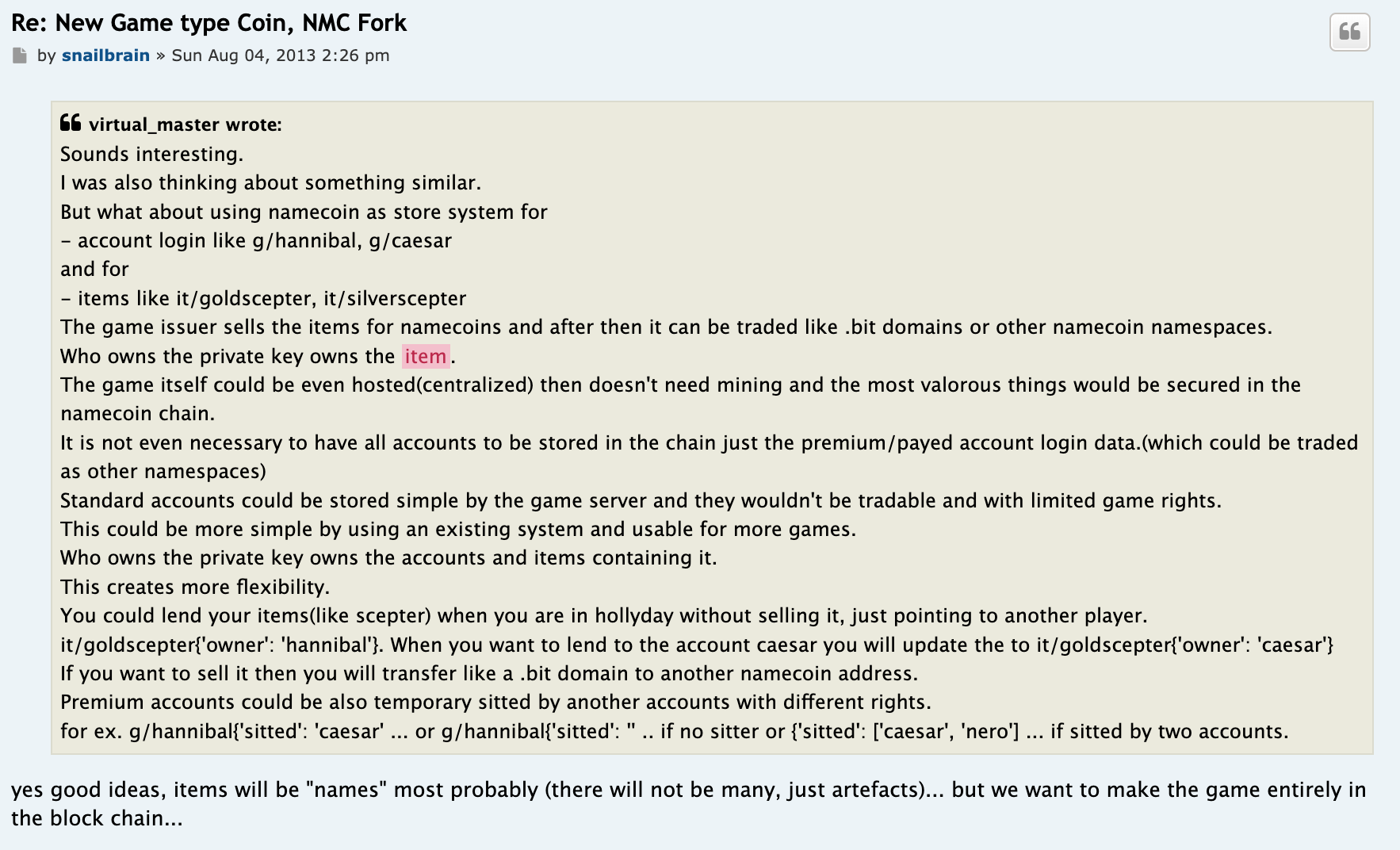
An industry revolution, Huntercoin was the major pioneer of decentralised blockchain gaming. It inspired the creation of various other blockchain-heavy games (like Motocoin), articles & research papers.
Dogeparty Runner (August 2014)
- Chain: Dogecoin (via Dogeparty, a Counterparty fork)
- First used NFTs: Built using NFTs in August 2014, the one (& only) game of Dogeparty Runner was played soon after
Dogeparty Runner was an early experiment in NFT gaming by LiteBit, a Bitcoin OG who also created the early phygital asset UMBRELLA.
While only one game ever took place, it was successful; the winner got a Gridseed Mini ASIC miner, and still has the 10 PRIZES tokens in their wallet today.
There were 7 NFTs created as part of the collection, but only 4 of them were used:
- RUNNER (1/100) - the game entry token.
- CLUES (1/1000 initially, less now 🔥) - game clues.
- HINTS (1/1000 initially, less now 🔥) - game hints.
- PRIZES (1/10 initially, more now 📈) - game prizes.
The three others that were made but never used: VICTOR, CLAIMS, TRADEIN.
In a technical sense, the RUNNER token is the first truly ownable proof-of-concept gaming NFT. But, at the time, it wasn’t made to be “collectible” and didn’t have any artwork. Instead, it was created as a game entry utility token, and was to be sent back to the game master on game completion.
A quote from the creator Litebit as to why Dogeparty Runner utilised NFTs:
“Our game tokens were to provide trustless transactions between the game and the players. And give players a means to offload unwanted assets without a third-party intermediary.”
In 2022, token restoration work was done - some tokens had supplies adjusted, and artworks were added to all seven NFTs. The artworks were based on images used to represent the tokens in the original 2014 Dogeparty Runner blog posts.
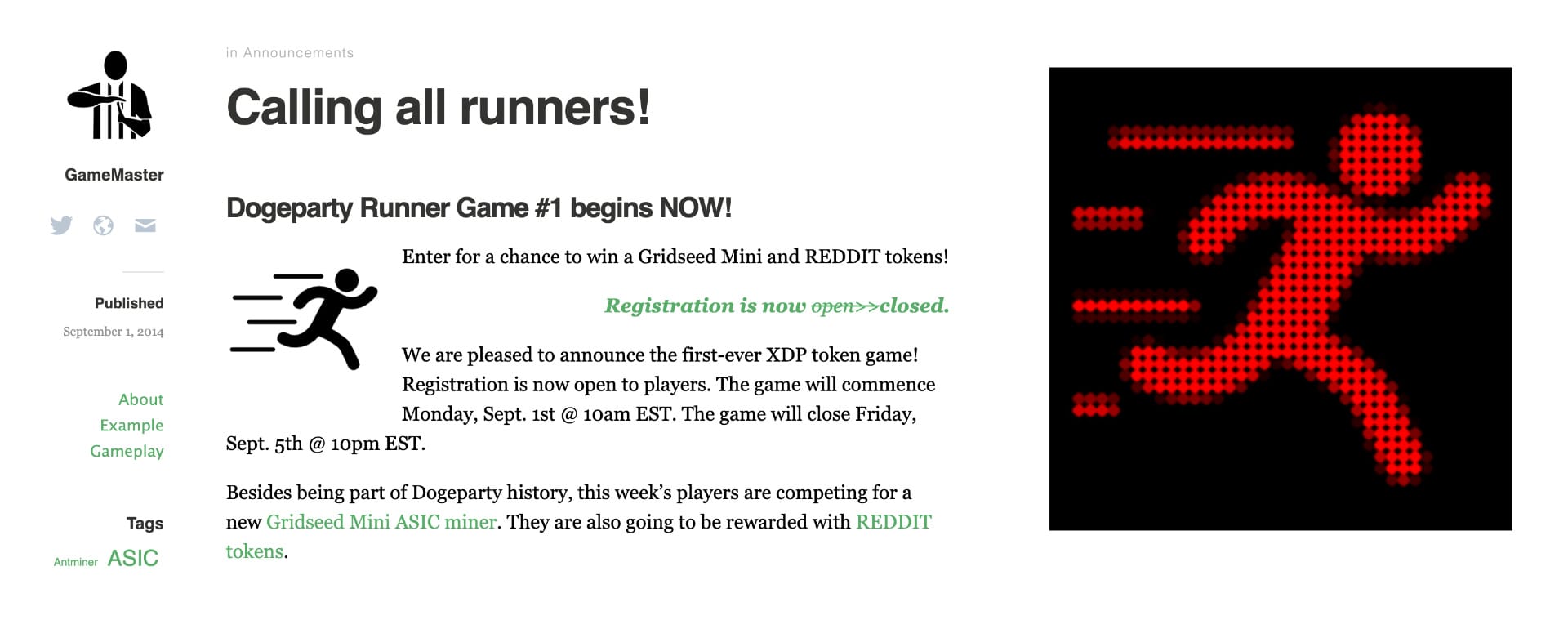
After the restoration process was complete, Litebit released the remaining supplies of these historical game assets into the wild for collectors.
Particular reverence is held by collectors for:
- The RUNNER token (as it's the first ever proof-of-concept gaming NFT)
- Game Sets (the 4 used game tokens), RUNNER, CLUES, HINTS & PRIZES
- Full Sets (all 7 tokens), as only 20 full sets are possible
So, while only one game of Dogeparty Runner was ever played, the innovation, creativity & early timestamps of this collection secure its place in NFT gaming history.
Moonga (Late 2014/Early 2015)
- Chain: Bitcoin (via Counterparty)
- First used NFTs: Released in Late 2009, created first “test” gaming NFTs on Counterparty Testnet in Late 2014, created first gaming NFTs on Counterparty in March 2015 and added full game NFT support in April 2015
In Late 2009, EverdreamSoft released Moonga - one of the first ever free-to-play games on the app store.
Shaban Shaame, the founder, later discovered that players were trading in-game cards for real money and, already knowing about Bitcoin, looked into how he could leverage the Counterparty protocol to provide true ownership for game assets.
In Late 2014, Everdreamsoft started testing out the concept of gaming NFTs on Counterparty Testnet, and made the following six testnet gaming NFTs (all without art attached): MAODHTHELIG, MAODHTHEDAR, MGEMS, MAGRADOL, MAODHTHELIGH, MAODHTHEDARK.
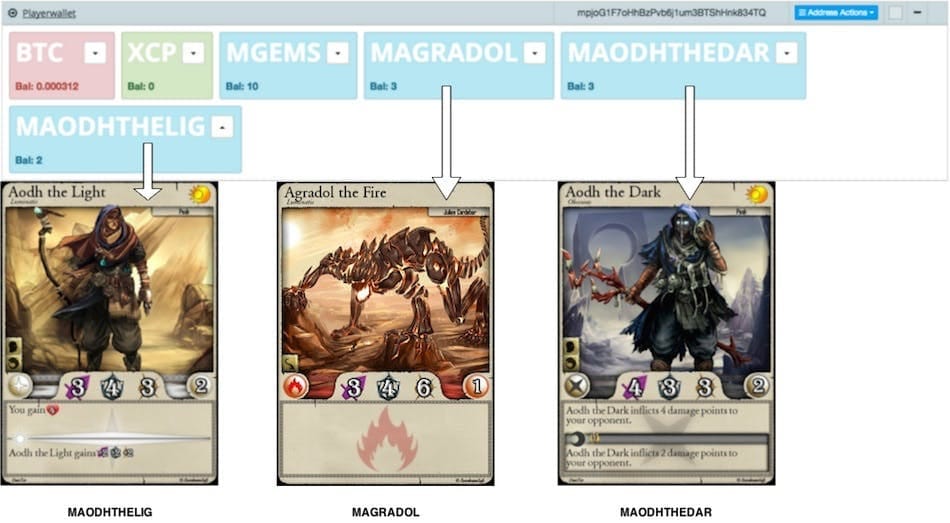
On March 11th 2015, EverdreamSoft minted their first token on mainnet; the first ever blockchain trading card, FDCARD. Usable in Moonga from April 2015, but intently a collectible for their upcoming blockchain-native game Spells Of Genesis.
You couldn’t buy an FDCARD - the only way to obtain it was via. contributing power to FoldingCoin - a proof-of-work chain where folders help fund research for cures against diseases like Alzheimer’s and Cancer.
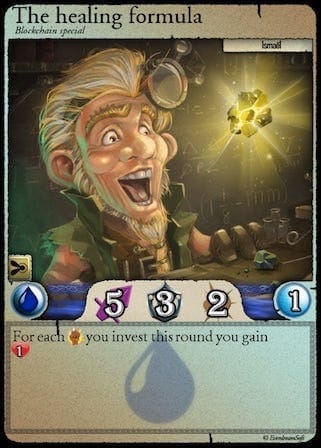
FDCARD’s release had a big impact in the context of NFT history:
- An immaculate conception backstory; every FDCARD was given away for free, and every fraction of each card exists due to those who dedicated resources towards helping find cures for diseases.
- It was original cryptoart (hashed on-chain by JP Janssen in late 2015) and one of a small handful of intended blockchain collectibles available at the time.
- The true birth of NFT gaming. With Dogeparty Runner as a proof-of-concept, FDCARD was the final product; original artwork, in-game utility & more.
- It proved that NFTs could be financially valuable. The first NFT to have widespread demand, the FDCARD kickstarted the NFT market itself.
Post May 2015, EDS began issuing more blockchain cards (e.g. SJCXCARD, SATOSHICARD), which, while made for Spells Of Genesis, were also playable in Moonga out the box.
In July 2015, EverdreamSoft utilised some of Tokenly’s tools to create the first ever dedicated NFT wallet viewer & NFT marketplace.
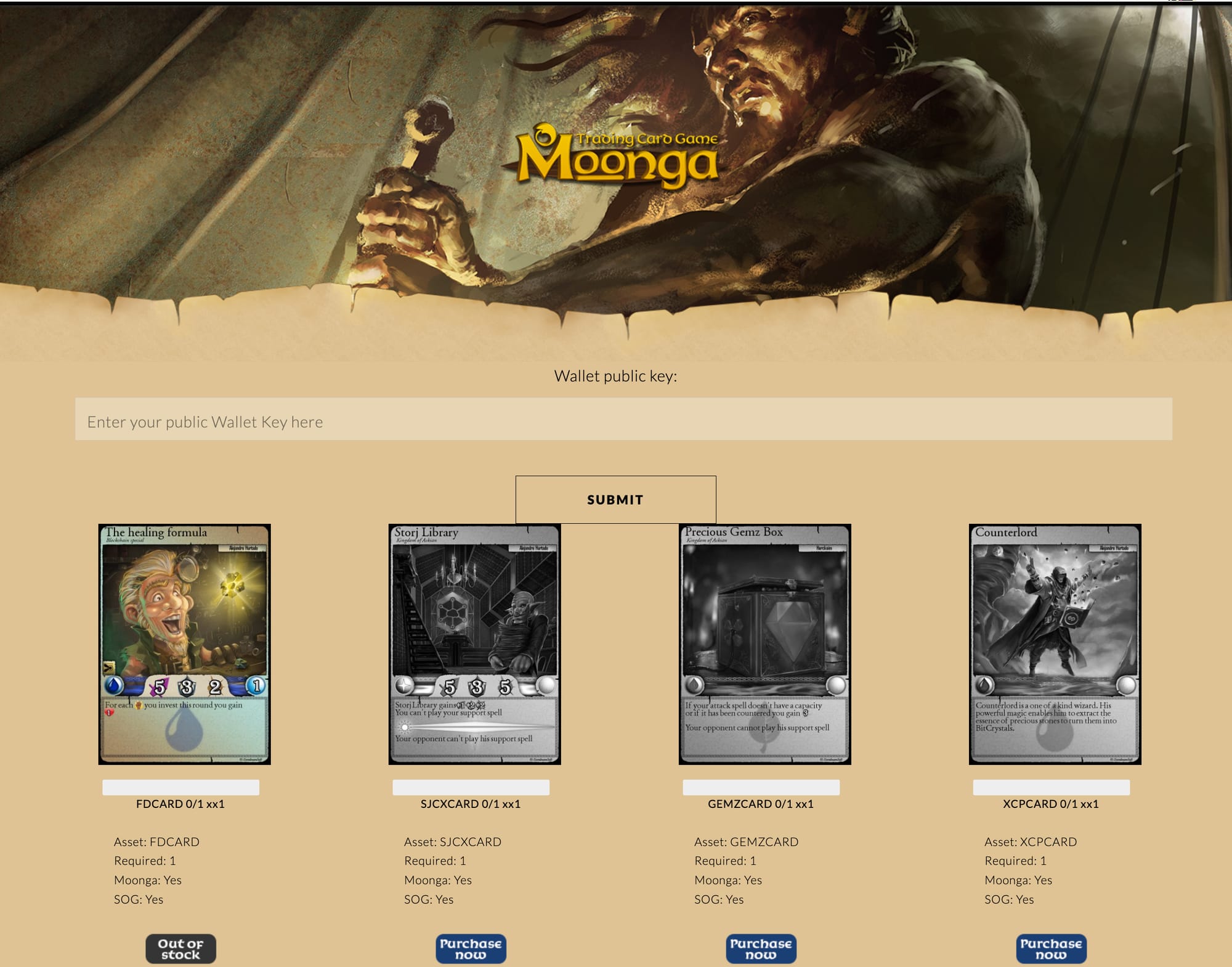
You could see the cards you owned and purchase cards via. Tokenly Swapbots, using the Tokenly Pockets (made by RarePepeWallet creator Joe Looney) extension to make the process smoother. Here’s a video demo on how it worked:
As many of the NFTs usable in Moonga were created for Everdreamsoft’s later blockchain game, Spells Of Genesis, Moonga is sometimes skipped over.
However, Moonga supported NFTs for over 6 months before the alpha version of Spells Of Genesis was released. Plus, alongside the six testnet tokens they created for Moonga in 2014, it had a few of its own native Moonga-only assets on Mainnet:
- MOONGATEST (1/100) - integration testing assets
- MOONGAPLAYER (1/100) - player profiles
- KYLIVANCARD (1/800) - playing card, no attached artwork
- A16047824733108863000 (1/10) & A11371374365585134000 (1/14) - temporary playing cards, no attached artworks
- BOOUUSEGG (1/20) - first ever community-generated art gaming NFT (+ first ever non-divisible card). The artwork was created by a player named Boouus (a.k.a Sillytuna, a former Alien CryptoPunk holder). 19/20 cards were lost, with the remaining 1 now in the hands of legendary collector TokenAngels.
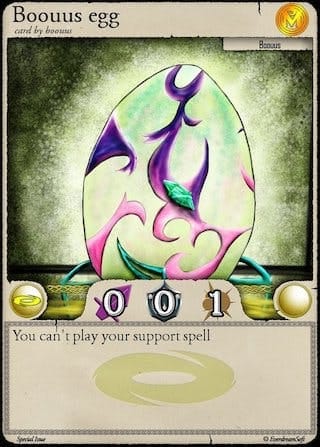
Moonga perfected the combination of utility, art, ownership, collectibility & value creation at a time when very few had even begun thinking about such concepts.
